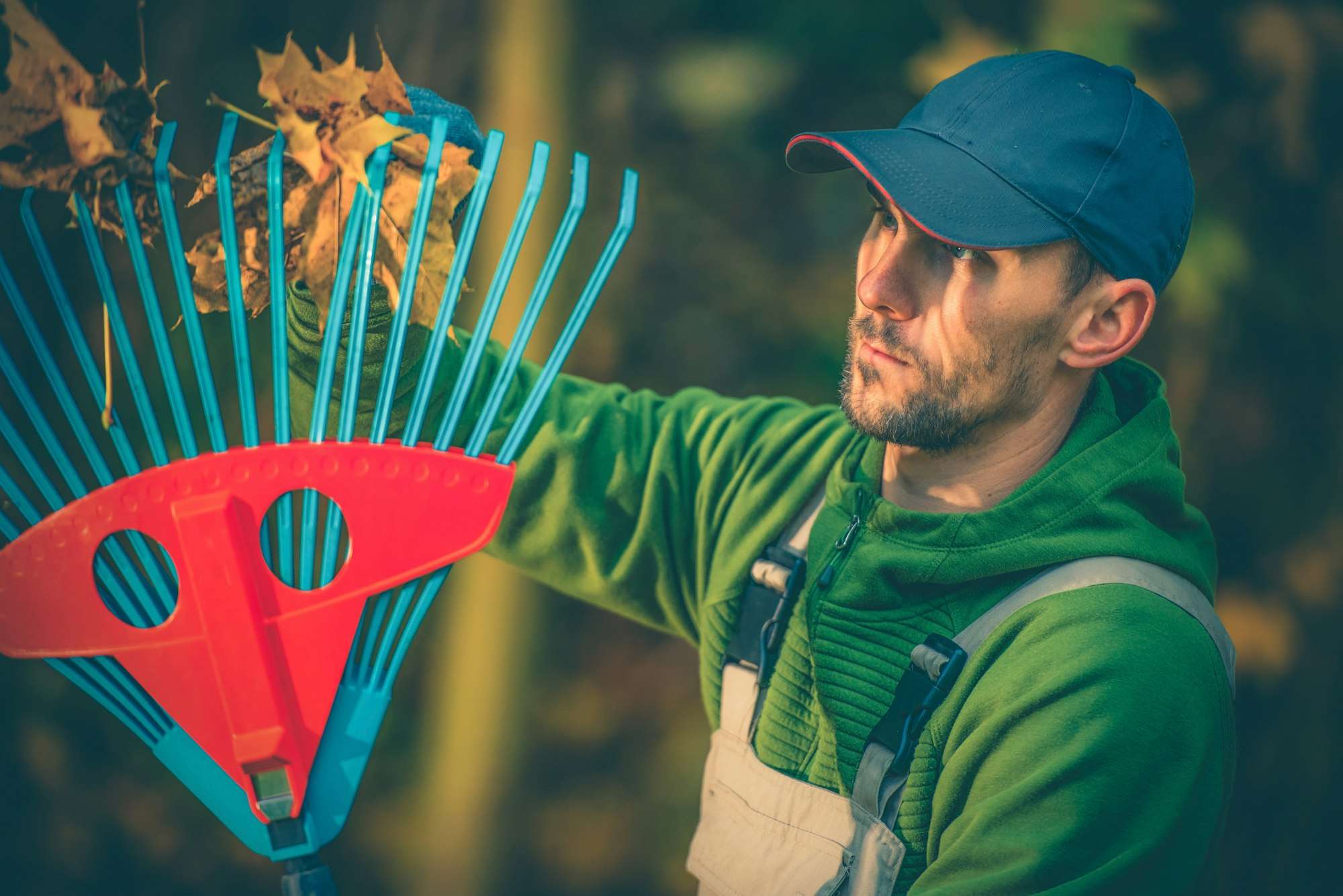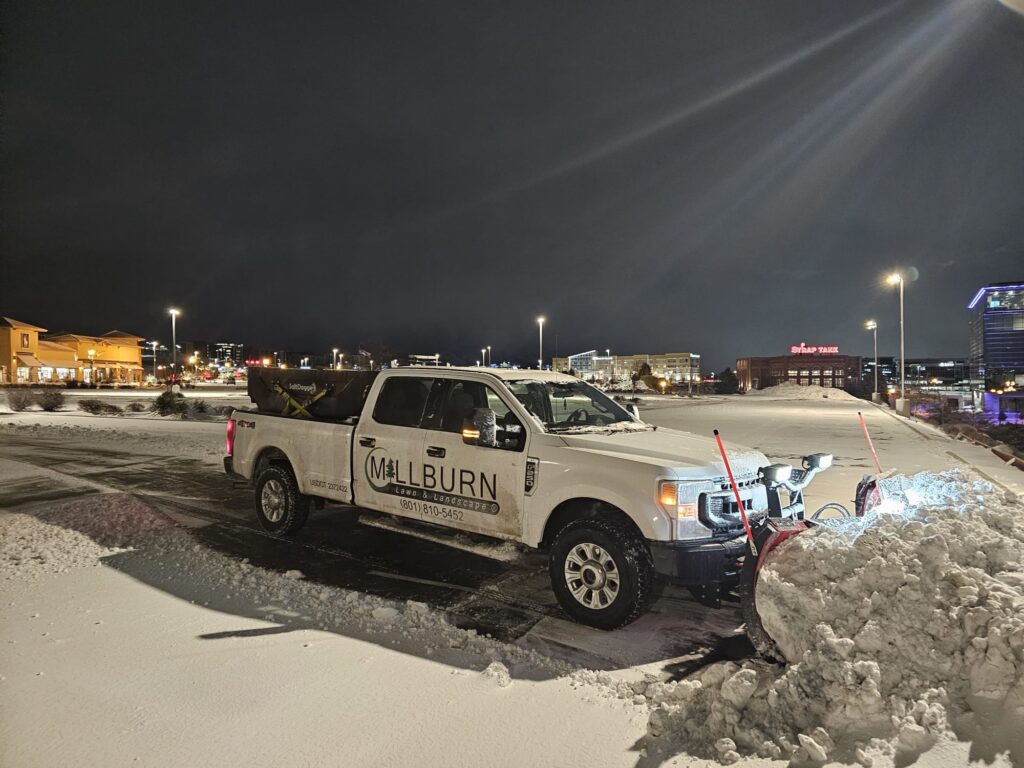As the vibrant colors of fall leaves begin to blanket your yard, it’s crucial to remember that while beautiful, these leaves can pose a threat to the health of your lawn. Without proper fall leaf cleanup, your yard may suffer from poor air circulation, mold growth, and suffocation of the grass beneath. This guide will walk you through the essential steps for effective fall leaf cleanup, helping you maintain a lush and healthy lawn through the colder months.

Why Fall Leaf Cleanup Is Important
Fall leaf cleanup is not just about aesthetics; it’s vital for the health of your lawn. When leaves are left to accumulate, they create a barrier that blocks sunlight and traps moisture, leading to potential fungal diseases and mold growth. Additionally, the decomposition of leaves can create an environment that is less than ideal for your grass, leading to bare patches and poor growth come spring.
Tools You Need for Effective Leaf Cleanup
Rakes and Leaf Blowers
Using the right tools can make all the difference in your leaf cleanup efforts. A sturdy rake is a must-have for manual leaf collection, while a leaf blower can make quick work of larger areas. For those with extensive lawns, a backpack leaf blower may be more efficient.
Mulching Mowers
A mulching mower is an excellent tool for breaking down leaves into smaller pieces, allowing them to decompose naturally and nourish your lawn. Mulching your leaves instead of bagging them can save time and benefit your yard by adding organic matter to the soil.
Step-by-Step Fall Leaf Cleanup Process
Timing Your Cleanup
Timing is key when it comes to fall leaf cleanup. It’s best to wait until most of the leaves have fallen before you begin, but don’t wait too long. If leaves start to accumulate in thick layers, they can cause damage to your grass. Aim for several smaller cleanups throughout the season rather than one massive effort at the end.
Rake or Blow the Leaves
Begin by raking or blowing the leaves into manageable piles. Focus on areas where leaves tend to accumulate, such as around trees, flower beds, and corners of your yard. Be sure to remove leaves from walkways and driveways to prevent slipping hazards.
Mulch or Bag the Leaves
Once your leaves are in piles, decide whether to mulch or bag them. If you choose to mulch, use a mulching mower to shred the leaves and redistribute them across your lawn. If bagging, use biodegradable leaf bags, which are better for the environment and easier for disposal.
Final Touches
After the majority of leaves have been cleared, go over your lawn with a lawn mower to pick up any remaining debris. This final step helps ensure that your yard is free of leaves and ready for winter.
The Benefits of Regular Fall Leaf Cleanup
Improved Lawn Health
Regular leaf cleanup ensures that your lawn remains healthy by preventing the buildup of mold and other diseases. This proactive approach allows your grass to breathe and receive the nutrients it needs to thrive.
Enhanced Curb Appeal
A well-maintained lawn enhances the overall appearance of your property. Keeping your yard free of leaves not only improves its aesthetic but also increases your home’s curb appeal, which can be particularly important if you’re considering selling your home.
Preparing Your Yard for Winter
Leaf cleanup is a crucial part of preparing your yard for winter. By removing leaves and debris, you create a cleaner, healthier environment for your grass to survive the colder months, ensuring it comes back strong in the spring.




